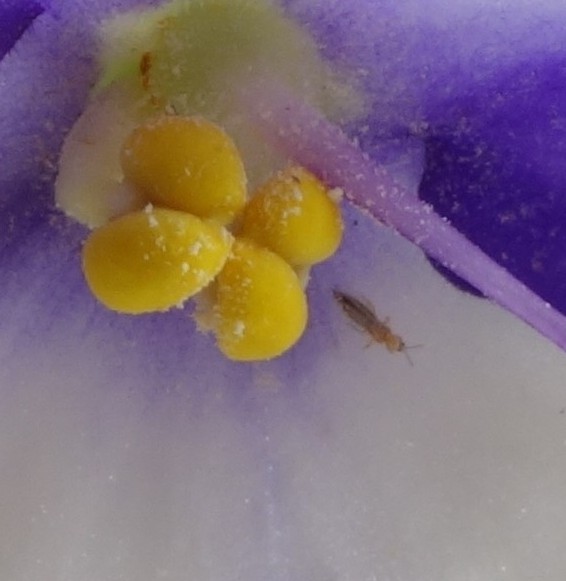We are to the point in the gardening season when many people already have their garden planted and are asking, “what next?”
There are a few things you should be doing now to ensure your success this season. First, the cold, hail, and wind last week really beat up some gardens. Anyone who has lived here a long time knows that just because we’re into June, does not mean that we are necessarily out of the woods. The wind has been vicious this spring, so my first tip for you is to be sure that your garden is protected. Our hot summer winds and low humidity can dry out plants even on days that aren’t necessarily hot, so be sure you either protect them from the wind by using a sheet or blanket, wall of water or something else to surround them.
You might be seeing some of the leaves on the plants in your garden beginning to turn yellow and generally this is caused by a lack of nitrogen, so it’s time to fertilize. I’m a big proponent of fertilizer because I know what a difference it can make in the overall health of your plants. Use any well formulated fertilizer and apply according to label directions but generally, this means every 5-10 days. I am not a fan of the fertilizer spikes, however. Even though these seem to be an easy way to fertilize, they aren’t necessarily the best choice. The problem with them is that when you drive them into the ground and they subsequently dissolve when you water, sometimes they are sitting right on top of the roots and could burn them, sometimes they miss the root area all together, and sometimes they only hit part of the roots. Since there is no way to know where those roots are located underground, it’s a hit or miss exercise at best.
Instead, choose a good granular fertilizer and broadcast it across the area you wish to fertilize then water it in. Or choose a water soluble preparation, dissolve it in your watering can and use that to water your plants. Either of these methods will ensure you get even coverage to your tree, shrub, or garden plant.
The third thing you need to be on the lookout for right about now is the appearance of pests and bugs in your garden. Just like you are eyeing the developing vegetables, fruits and lush, green foliage, so are they. Putting plants in the garden is like ringing the dinner bell for bugs!
Two of the most prevalent at this time are squash bugs and western flower thrips. Squash bugs seem to always show up early in my yard and they can decimate a squash crop. The first signs of damage you will most likely see is yellow spots or yellowing of leaves. Eventually they turn brown and wilt since the damage that the bugs have done will prevent the plant from getting nutrients. This will cause them to dry up and become brittle, so you need to get them under control early on.
There are two things to try when controlling squash bugs. The first is diatomaceous earth. This powder consists of finely ground diatoms that will slice the body of the bugs as they crawl over it. However, there are two downsides to this method. First, it is usually effective only on the young bugs, and the second is that it can also harm other beneficial insects in your garden as well.
The gardeners old friend Sevin or the newer Eight from Bonide are my other recommendation. These preparations have been around a long time and although you should always follow label directions, in many crops, they are safe to use up until right before you harvest.
The other bug to be on the lookout for is western flower thrips. Thrips aren’t easy to spot, mainly because they are so very tiny, but their damage is very easy to recognize. The main thing you will see is that the new growth on your plants is distorted. You may also see some brown spotting and if it is a flowering plant, most likely the flowers won’t open or form correctly.
Thrips aren’t easy to spot, mainly because they are so very tiny, but their damage is very easy to recognize. The main thing you will see is that the new growth on your plants is distorted. You may also see some brown spotting and if it is a flowering plant, most likely the flowers won’t open or form correctly. If these sound familiar, then it’s time to check for thrips.
Do this by taking a piece of plain, white paper and holding it under the plant. Gently tap the plant so that anything that is available will fall onto the paper. Thrips are usually brownish in color, but are very, very tiny. If it looks like there is a small speck moving across the paper, most likely you have thrips.
Captain Jacks Dead Bug Brew is our go-to for thrip infestations. This organic control is available in either a dust or spray and the bonus is that it’s effective for caterpillars and worms too. The active ingredient is a bacteria called spinosad which is a chemical that was discovered in abandoned Caribbean rum distilleries and has been able to be commercially reproduced. It’s an excellent product for thrip control and I’ve often wondered if maybe at least they end up drunk and happy on their way out?
Boost the efficacy of your Captain Jack’s by adding a spreader sticker to be sure it adheres well to the plant and also a little table sugar. Thrips love sugar so it acts as a magnet to draw them out of the flowers so they can feed on the spinosad.
A little care and a few preventative measures will go a long way to having a bountiful harvest later in the season.

